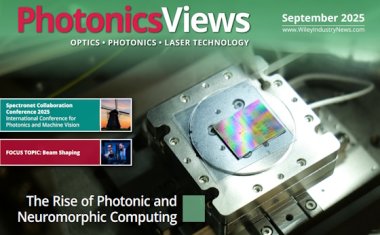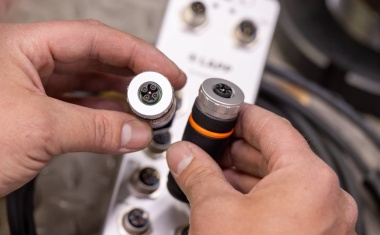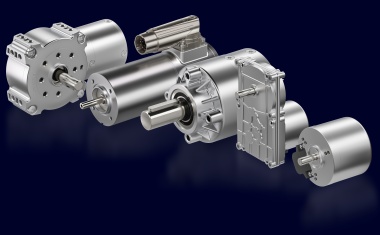History of High Speed Imaging
Specialised Imaging has produced a presentation that delivers an informative and unbiased review of the historical development of ultra high-speed imaging technology. The first practical application of high-speed imaging was Eadweard Muybridge's 1878 photographic investigation into whether a horses' feet were actually all off the ground at once during a gallop. The first photograph of a supersonic flying bullet was taken by the Austrian physicist Peter Salcher in 1886, a technique that was later used by Ernst Mach in his studies of supersonic motion. German weapons scientists later applied these high speed imaging techniques during the first World War.
The presentation covers the development of early high speed motion cameras and the pioneering work of Harold Edgerton who used novel stroboscopic techniques to freeze fast motion and produce visually striking high-speed still images. Further description is provided on the technological advances that assisted the development of ultra high-speed streak and framing cameras, high video systems and projectile flight followers from the 1960's to the present day.











